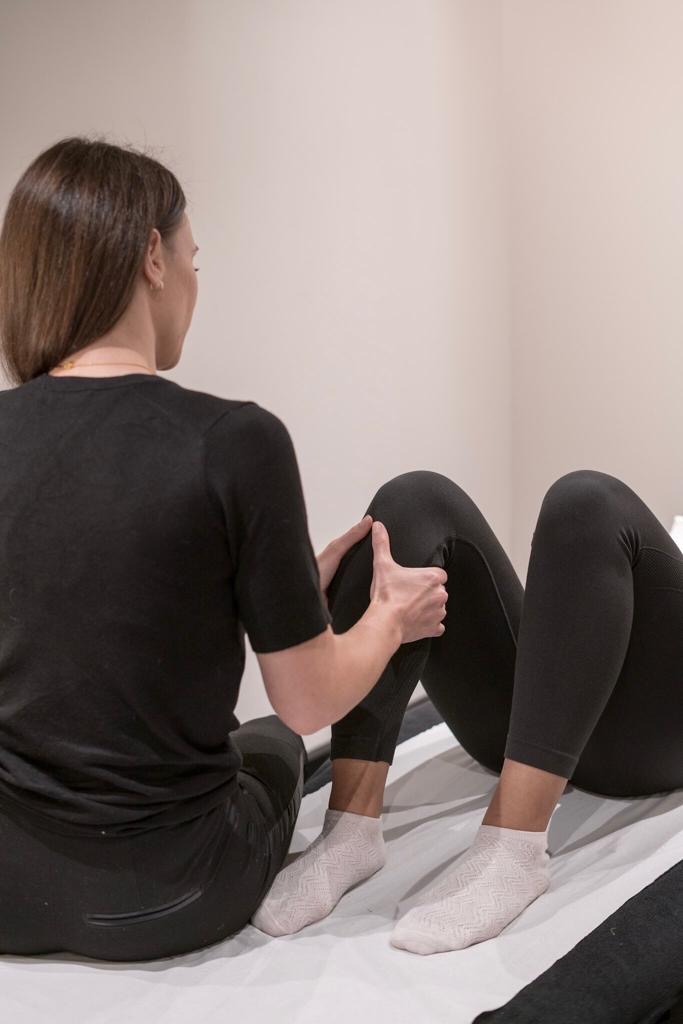FAQs
Here are some frequently asked questions about Osteopathy treatment at Purus and your first visit to one our three clinics. For an appointment please book here.
Alternatively contact us on [email protected] to speak to someone in person.
What is Osteopathy?
Osteopathy is a primary care profession, focusing on the diagnosis, treatment, prevention and rehabilitation of musculoskeletal disorders, and the effects of these conditions on patients’ general health. Using many of the diagnostic procedures applied in conventional medical assessment, osteopaths seek to restore the optimal functioning of the body, where possible without the use of drugs or surgery. Osteopathy is based on the principle that the body has the ability to heal, and osteopathic care focuses on strengthening the musculoskeletal systems to treat existing conditions and to prevent illness. Osteopaths’ patient-centred approach to health and well-being means they consider symptoms in the context of the patient’s full medical history, as well as their lifestyle and personal circumstances. This holistic approach ensures that all treatment is tailored to the individual patient.
What happens at the initial consultation?
At the first consultation, the osteopath will compile a full case history of your symptoms, as well as asking for information about your lifestyle and diet. The osteopath may also observe you making some simple movements to help them make a diagnosis. You will usually be asked to remove some clothing near the area of the body to be examined.
Osteopaths are trained to examine areas of the body using a highly-developed sense of touch, known as palpation, to determine conditions and identify the body’s points of weakness or excessive strain. Osteopathy is a ‘package’ of care that includes skilled mobilising and manipulative techniques, reinforced by guidance on diet and exercise.
The osteopath will discuss with you the most appropriate treatment plan, estimating the likely number of sessions needed to treat your condition effectively. If the osteopath thinks that your condition is unlikely to respond to osteopathic treatment, you will be advised about how to seek further care. Osteopaths are skilled in diagnostic techniques and trained to identify when a patient needs to be referred to a GP.
What do Osteopaths treat?
Osteopathy focuses on the diagnosis, management, treatment and prevention of musculoskeletal and other related disorders without the use of drugs or surgery.
Common problems osteopaths treat include:
• Back and neck pain
• Muscle tension and pain
• Disc injuries
• Sciatica
• Sports injuries
• Post traumatic injuries including whiplash
• Shoulder conditions including rotator cuff
• Arthritic pain and joint stiffness
• Treatment and rehabilitation after minor injuries
• Postural and tension headaches
Do I need a GP referral to see an osteopath?
Can I claim on my private medical insurance?
How long do osteopathic appointments usually last?
How many sessions will I need?
During your initial consultation, we will outline a treatment plan and discuss the expected duration of treatment. Each presentation will vary significantly, however, most patients are expected to need no more than 4-6 treatments initially, following which, we will discuss the frequency of ongoing treatment with you if indicated.
However, it is usually advisable to make an appointment with your osteopath on a quarterly basis, for regular check-ups and maintenance treatments.
Is Osteopathy painful?
What should I wear?
Can I bring a friend or relative to the appointment?
If I am not happy with the treatment, what should I do?
We aim to ensure your experience at our clinic is helpful and professional. If you feel unhappy in any way regarding your visit, please contact us as soon as possible so that we can try and rectify the issue. If you prefer to speak with an alternative practitioner, then simply make this clear when you call or email. We aim to deal with all concerns as quickly and efficiently as possible. However, if your concern is not dealt with to your satisfaction by the clinic, the next port of call is to contact the General Osteopathic Council, which is the statutory regulator of all osteopaths in the UK. www.osteopathy.org.uk 0207 357 6655.
